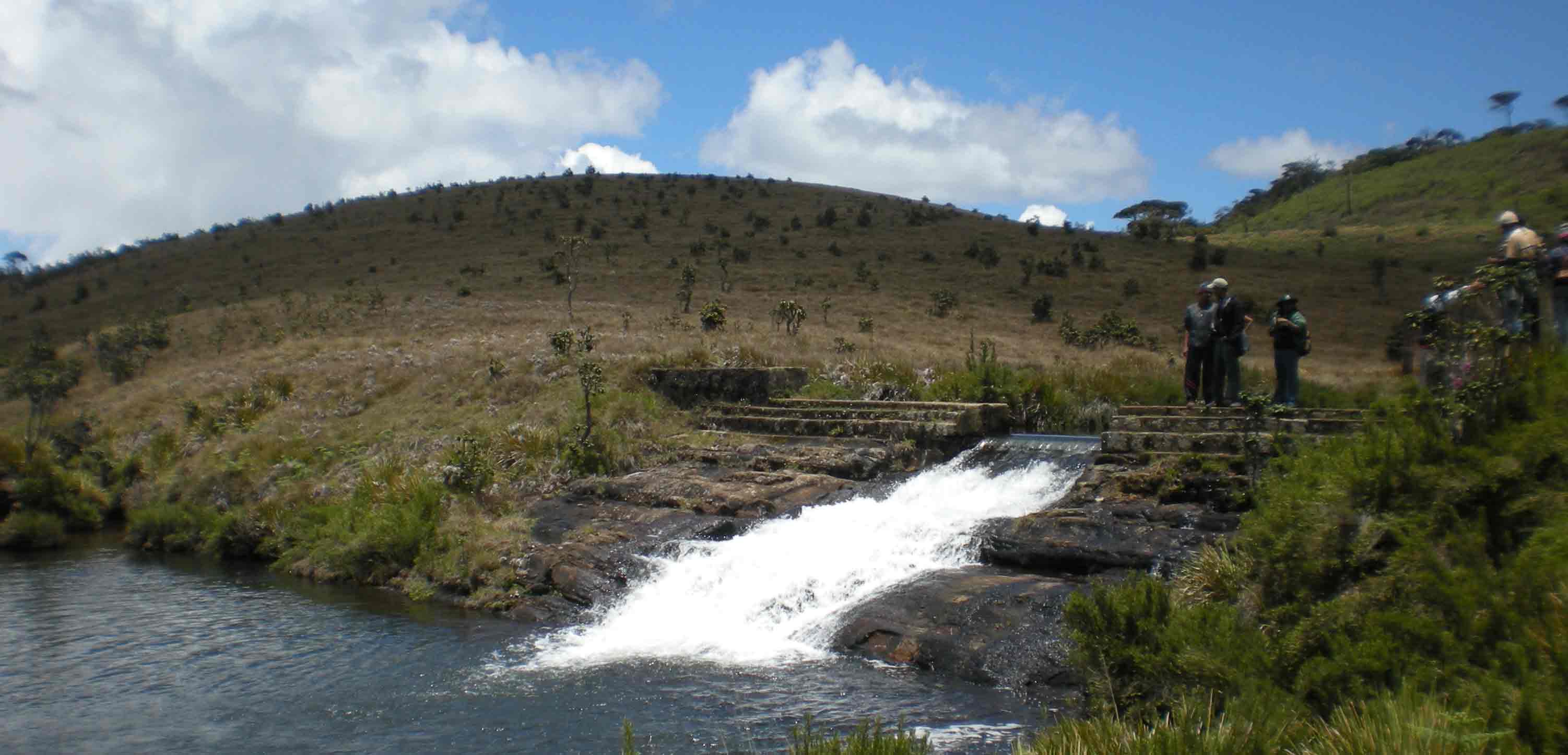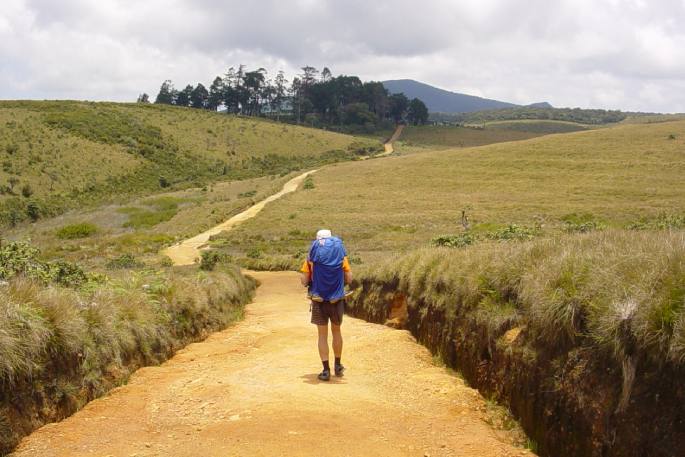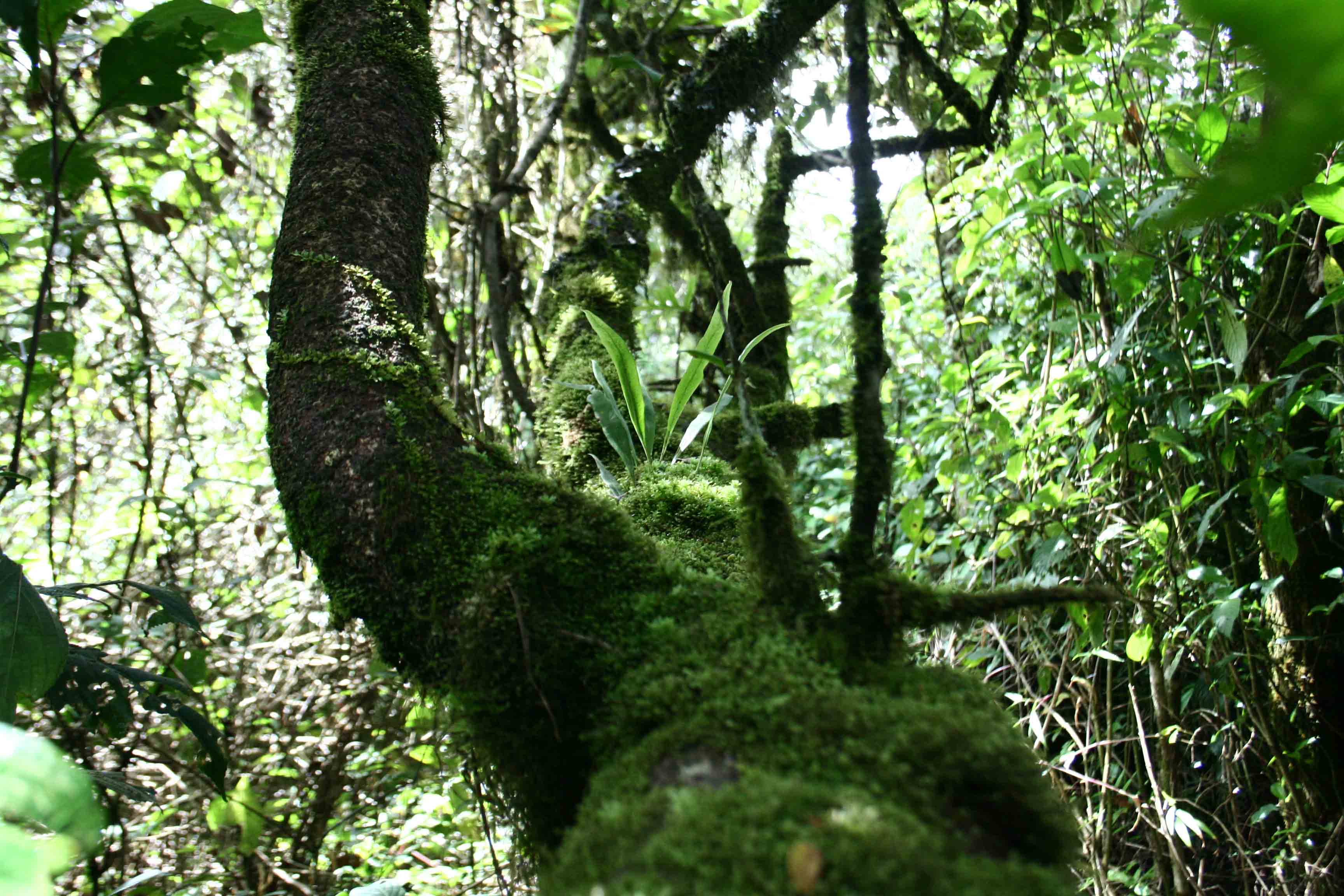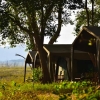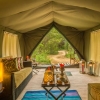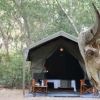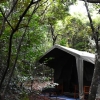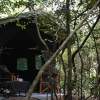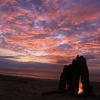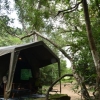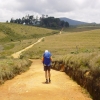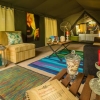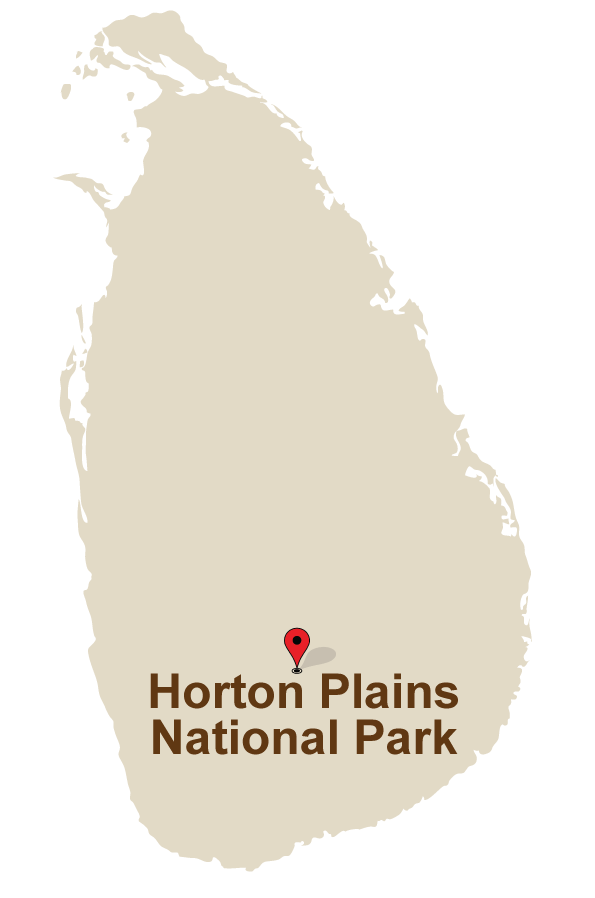 High altitude campout near World's End – Horton Plains National Park
High altitude campout near World's End – Horton Plains National Park
Glamp in the misty highlands and live inside Horton Plains National Park, meet the local sambar, and explore nature trails to World’s End.
Why should you book this trip?
- You will be led by a well-experienced conservationist cum naturalist.
- Horton Plains National Park is the only national park in Sri Lanka where you can go on guided nature trails and do bush walks. Located 2,300 metres above sea level, Horton Plains is filled with endemic plants and animals, some of which are not only endemic to Sri Lanka but also to this particular region.
- Referred to as Mahaeliya in the native language, Horton Plains is connected to prehistoric era human settlements dating back to 34,000 BC and to the Ramayanaya, which is a mythical legend rooted in South Asia.
- The Eco Team High Altitude Tented Camps are the ideal way to enjoy being close to nature in the mountains.
- This is a unique camping experience in Sri Lanka offered at an altitude of 7000 ft above mean sea level.
- It is a wonderful experience you cannot get anywhere else in Sri Lanka.
- The skill of an experienced naturalist/guide who knows the movements of wildlife throughout the park is required at certain times, a facility which Mahoora can easily provide.
- There will be excellent photo opportunities that cannot be missed out on.
